Description
Tap 100 mg is a prescription medication widely used for managing moderate to severe pain. It contains Tapentadol as its active ingredient, a centrally acting analgesic with a dual mechanism of action. This makes it a preferred choice for individuals seeking effective pain management with fewer side effects compared to traditional opioids. In this detailed article, we will explore everything you need to know about Tap 100 mg, including its uses, dosage, benefits, precautions, and potential side effects.
What is Tap 100 mg
Tap 100 mg is a pain relief medication formulated to treat acute and chronic pain conditions. It belongs to the class of drugs known as opioid analgesics, with the added advantage of norepinephrine reuptake inhibition. This dual-action mechanism helps in managing both nociceptive and neuropathic pain effectively. The medication is available in tablet form and is generally prescribed for short-term or long-term pain relief, depending on the condition being treated.
How Does Tap 100 mg Work
The active ingredient, Tapentadol, works through two primary mechanisms:
- μ-Opioid Receptor Agonist: Tapentadol binds to μ-opioid receptors in the central nervous system (CNS), reducing the sensation of pain by blocking pain signals sent to the brain.
- Norepinephrine Reuptake Inhibitor (NRI): By inhibiting the reuptake of norepinephrine, Tapentadol enhances the brain’s natural pain modulation, providing additional relief.
This unique dual mechanism not only provides effective pain relief but also reduces the risk of opioid-related side effects such as respiratory depression and severe sedation.
Uses of Tap 100 mg
Tap 100 mg is commonly prescribed for managing various types of pain, including:
- Acute Pain: Effective for post-operative pain or pain resulting from injury.
- Chronic Pain: Suitable for long-term pain conditions such as osteoarthritis and lower back pain.
- Neuropathic Pain: Provides relief for nerve pain caused by conditions like diabetic neuropathy and sciatica.
- Cancer-Related Pain: Helps manage pain associated with cancer and its treatments.
Benefits of Tap 100 mg
Tap 100 mg offers several advantages over traditional pain relief medications:
- Effective Dual Action: The combination of opioid receptor agonism and norepinephrine reuptake inhibition makes it suitable for treating a broad spectrum of pain.
- Fewer Side Effects: Compared to traditional opioids, Tap 100 mg has a lower risk of severe side effects like respiratory depression.
- Quick Onset of Action: Provides rapid pain relief, often within 30 minutes of administration.
- Improved Tolerability: Most patients tolerate Tap 100 mg well, making it a safer option for long-term use.
Dosage and Administration
The dosage of Tap 100 mg depends on the severity of the pain, the patient’s medical history, and their response to treatment. Below are general guidelines:
- Initial Dosage: Typically, a single tablet of Tap 100 mg is prescribed every 4 to 6 hours as needed.
- Maximum Dosage: Do not exceed 600 mg in a 24-hour period unless advised by a healthcare professional.
- Administration: Swallow the tablet whole with a glass of water. It can be taken with or without food.
Always follow your doctor’s instructions and avoid self-medicating, as improper use can lead to serious complications.
Substitutes
Side Effects
Like any medication, Tap 100 mg may cause side effects in some individuals. Common side effects include:
- Nausea and Vomiting: These are among the most frequently reported side effects.
- Drowsiness and Dizziness: Patients may feel sleepy or lightheaded, especially when starting the medication.
- Constipation: A common issue with opioid medications, manageable with hydration and dietary adjustments.
- Headache: Mild to moderate headaches may occur.
- Dry Mouth: Drinking plenty of fluids can help alleviate this symptom.
If severe side effects such as difficulty breathing, severe drowsiness, or allergic reactions occur, seek immediate medical attention.
Precautions and Warnings
Before starting Tap 100 mg, it is essential to discuss your medical history with your doctor. Key precautions include:
- Medical Conditions: Inform your doctor if you have a history of liver or kidney disease, respiratory disorders, or gastrointestinal issues.
- Drug Interactions: Tap 100 mg can interact with other medications, including antidepressants, sedatives, and other opioids. Discuss your current medications with your healthcare provider.
- Pregnancy and Breastfeeding: The safety of Tapentadol during pregnancy and breastfeeding has not been established. Consult your doctor before use.
- Avoid Alcohol: Combining Tap 100 mg with alcohol can increase the risk of severe side effects like drowsiness and respiratory depression.
- Driving and Operating Machinery: Avoid activities requiring mental alertness while taking Tap 100 mg, as it can cause dizziness and drowsiness.
Who Should Avoid Tap 100 mg
Tap 100 mg is not suitable for everyone. Avoid using this medication if you:
- Have a history of hypersensitivity to Tapentadol.
- Are experiencing severe respiratory depression.
- Have paralytic ileus or other severe gastrointestinal conditions.
- Are currently using monoamine oxidase inhibitors (MAOIs) or have used them within the last 14 days.
Overdose and Missed Dose
- Overdose: An overdose of Tap 100 mg can lead to life-threatening symptoms such as respiratory depression, extreme drowsiness, and loss of consciousness. Seek emergency medical attention in case of an overdose.
- Missed Dose: If you miss a dose, take it as soon as you remember. If it is close to the time for your next dose, skip the missed dose and continue with your regular schedule. Do not double the dose to make up for the missed one.
Storage Instructions
Store Tap 100 mg in a cool, dry place away from direct sunlight and moisture. Keep it out of reach of children and pets. Dispose of unused or expired medication responsibly, following local guidelines.
Frequently Asked Questions (FAQs)
Q1. Is Tap 100 mg addictive?
Ans: Like other opioids, Tap 100 mg has the potential for misuse or dependence. Use it strictly as prescribed by your doctor.
Q2. Can I stop taking Tap 100 mg suddenly?
Ans: Abruptly discontinuing Tap 100 mg can cause withdrawal symptoms. Consult your doctor for a tapering schedule if you wish to stop using it.
Q3. How quickly does Tap 100 mg work?
Ans: The medication typically begins to relieve pain within 30 minutes, with its effects lasting up to 6 hours.
Q4. Can I take Tap 100 mg with other pain relievers?
Ans: Combining Tap 100 mg with other pain medications can increase the risk of side effects. Always consult your doctor before combining treatments.
Q5. Is Tap 100 mg safe for elderly patients?
Ans: Elderly patients may be more sensitive to the side effects of Tapentadol. A lower starting dose is usually recommended, and close monitoring is necessary.

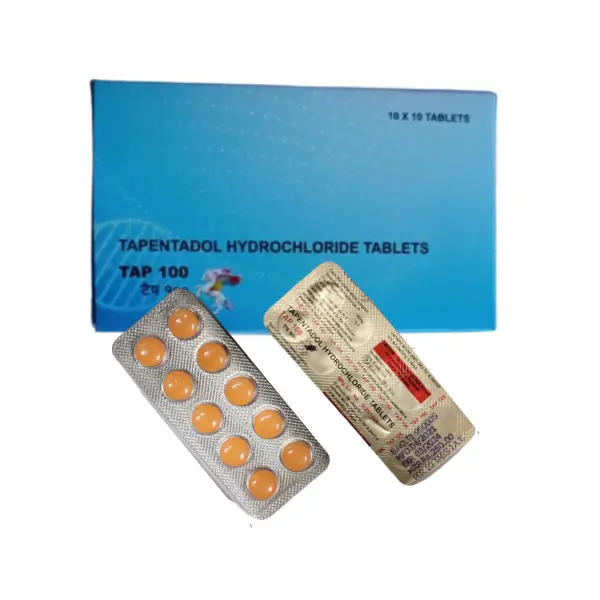
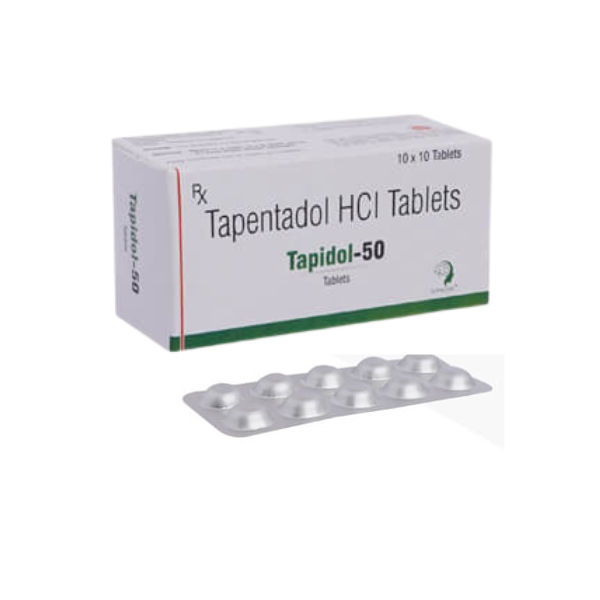

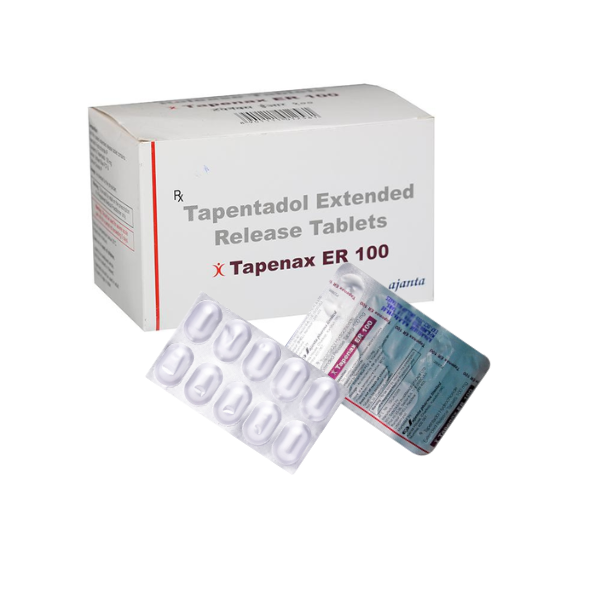
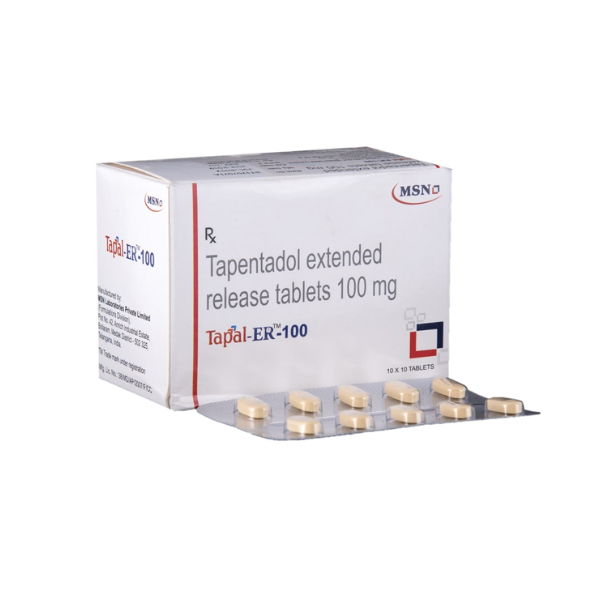

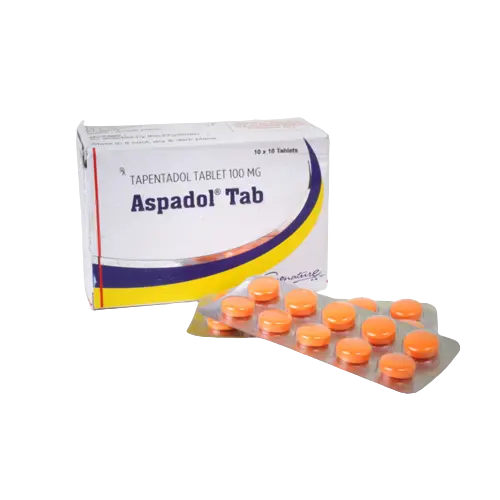
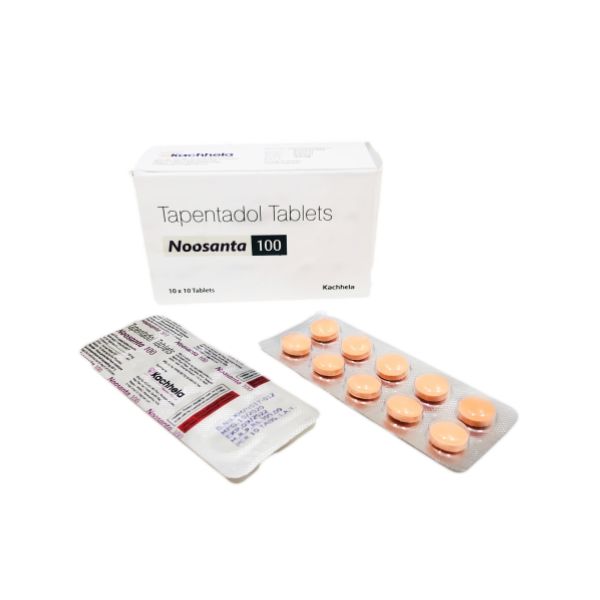
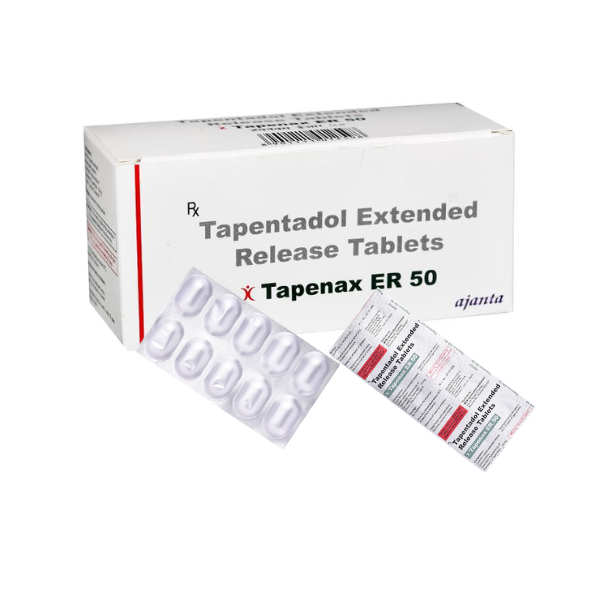

Reviews
There are no reviews yet.